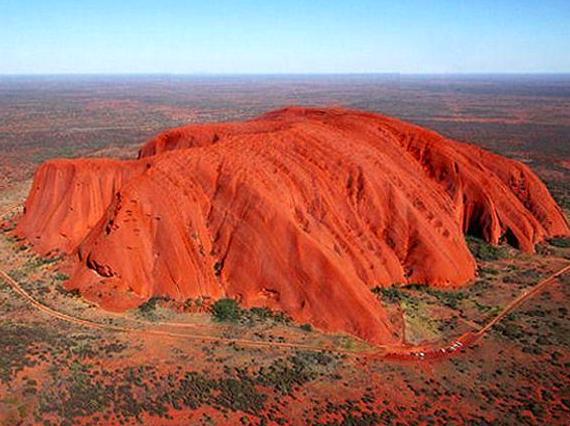Why should you explore the rock formations and caves of Uluru up close? The experience immerses you in Australia’s rich cultural heritage and natural beauty, offering insights that you cannot gain from a distance. This article delves into the unique geological features, the cultural significance, and the best ways to explore these awe-inspiring formations.
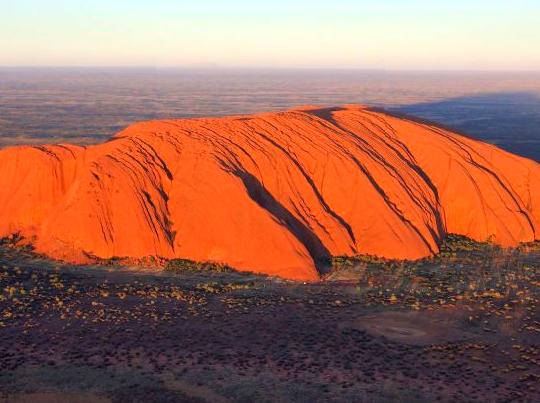
The Geology of Uluru
Uluru, also known as Ayers Rock, is a massive sandstone monolith located in the heart of Australia’s Northern Territory. Its formation dates back around 550 million years, making it one of the oldest rocks on Earth. The iron content in the rock oxidizes, giving it the distinctive red hue that changes with the lighting throughout the day. The rock stands at 348 meters high and has a circumference of 9.4 kilometers, making it an imposing presence in the otherwise flat desert landscape.
The Cultural Significance
For the Anangu, the Indigenous people of the region, Uluru holds profound spiritual significance. It is considered a living cultural landscape and plays a central role in the Tjukurpa, the traditional law and storytelling of the Anangu. Various rock formations and caves around Uluru are sacred sites, each associated with creation stories and ancestral beings. Visitors are encouraged to respect these cultural values, understanding that Uluru is much more than just a rock; it’s a spiritual symbol that embodies the living histories of its people.
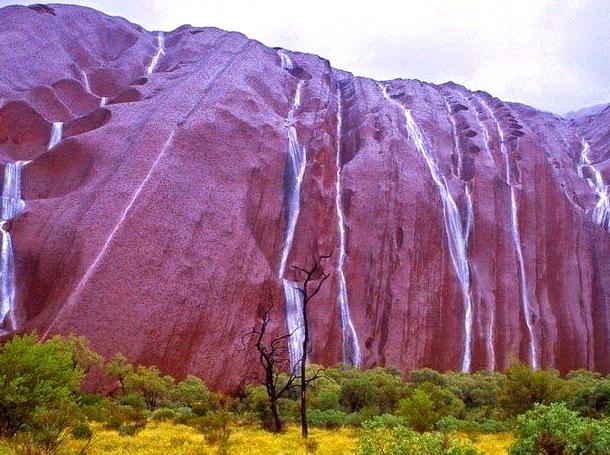
Exploring the Rock Formations
Exploring the rock formations of Uluru up close reveals a diverse array of geological features, from weathered ridges to waterholes. Certain areas, such as Mala Walk and Kuniya Walk, offer guided tours that lead you to key sites around the base. These tours provide detailed explanations about the features you’re observing, enhancing your understanding of Uluru’s geological history. Here are some must-see formations:
- Mutitjulu Waterhole: A serene spot surrounded by ancient cave paintings.
- Kantju Gorge: A deep cut into the rock where water cascades after rain.
- Campbell’s Cave: Known for its well-preserved rock art.
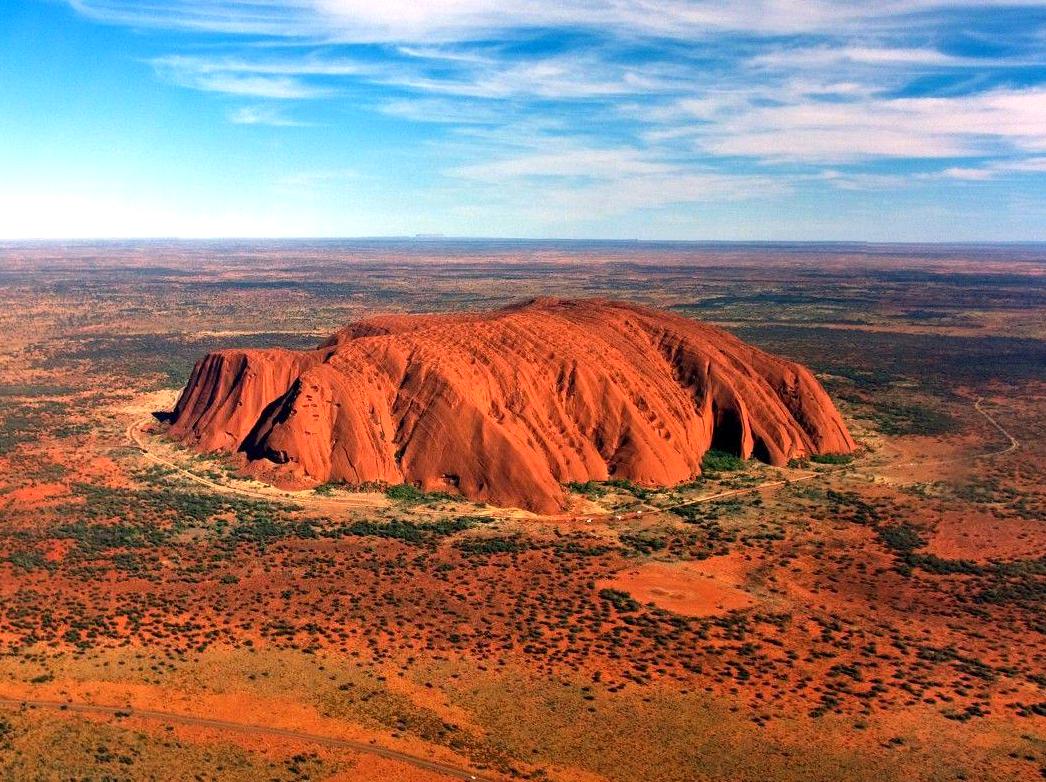
The Caves of Uluru
The caves of Uluru are equally fascinating, offering a glimpse into the life and practices of the Anangu people. These caves were used for various purposes, such as shelter, storage, and ceremonial activities. Within them, you can find ancient rock art that tells stories of the Dreamtime. Each cave is uniquely decorated, featuring symbols and paintings that represent different aspects of Anangu culture and spiritual beliefs. When visiting the caves, it’s important to do so respectfully, recognizing that they are not just historical artifacts but part of a living tradition.
How to Respectfully Explore Uluru
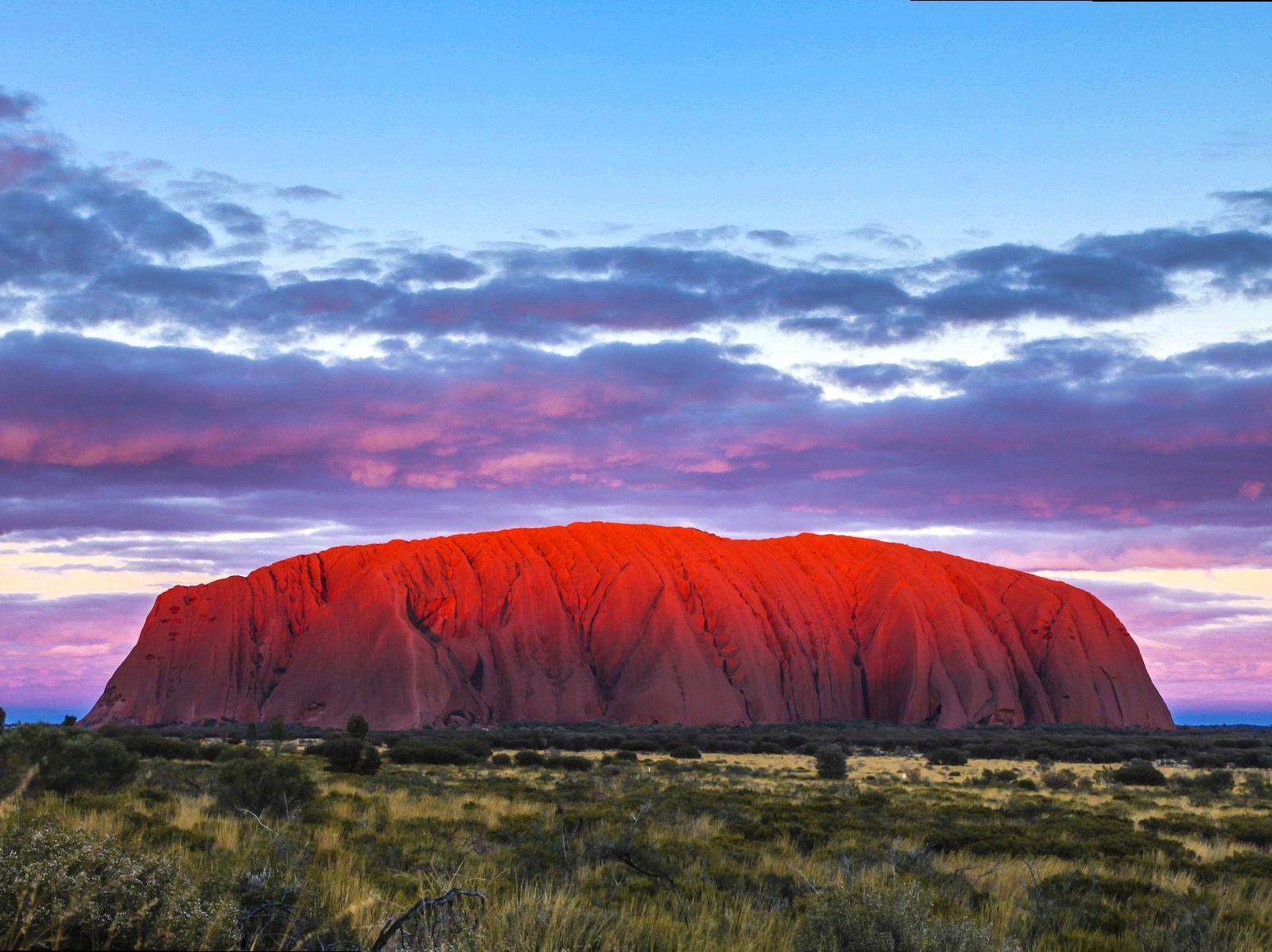
While exploring Uluru, it’s crucial to respect both the natural environment and the cultural heritage of the Anangu people. Here are some guidelines to help you make the most of your visit while honoring these values:
- Stay on designated paths to prevent environmental damage.
- Refrain from climbing Uluru, as it is a sacred site for the Anangu.
- Follow the guidance of local guides and respect signage.
- Do not touch or disturb the rock art and artifacts in the caves.
- Respect the quiet and serenity of the area; it is a place of spiritual significance.
Conclusion
Exploring the rock formations and caves of Uluru up close offers an unforgettable experience that marries natural beauty with cultural depth. As you traverse this ancient landscape, you gain a greater appreciation for the geological marvels and spiritual narratives that make Uluru a globally significant landmark. Remember, the experience is not just about sightseeing; it’s about engaging with a living, breathing cultural icon that holds profound meaning for the Anangu people.
FAQs
What makes Uluru’s rock formations unique?
The unique iron content and weathering processes give Uluru its distinctive red color and varied geological features, making it a geological wonder.
Can I climb Uluru?
Climbing Uluru is strongly discouraged due to its cultural significance to the Anangu people and environmental concerns. It’s best to explore its base.
Why is Uluru significant to the Anangu people?
Uluru is central to the Anangu’s spiritual and cultural heritage, embodying sacred stories and traditions passed down through generations.
What types of rock art can be found in Uluru’s caves?
The rock art includes symbols, figures, and patterns that represent Anangu creation stories, spiritual beliefs, and aspects of daily life.
How can I visit Uluru while respecting its cultural and environmental importance?
Stick to guided tours, stay on designated paths, avoid touching rock art, and follow all local guidelines to ensure a respectful visit.
